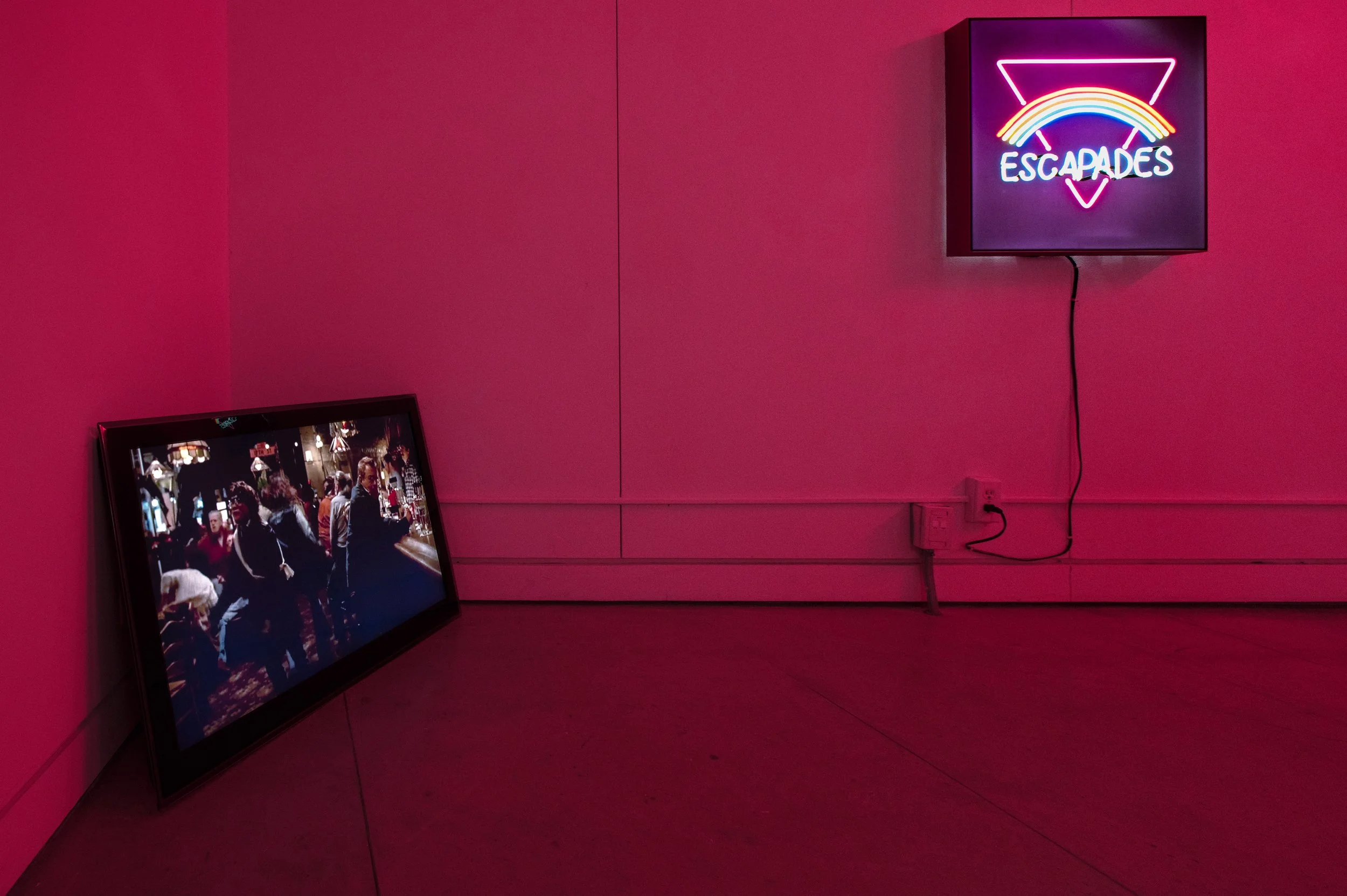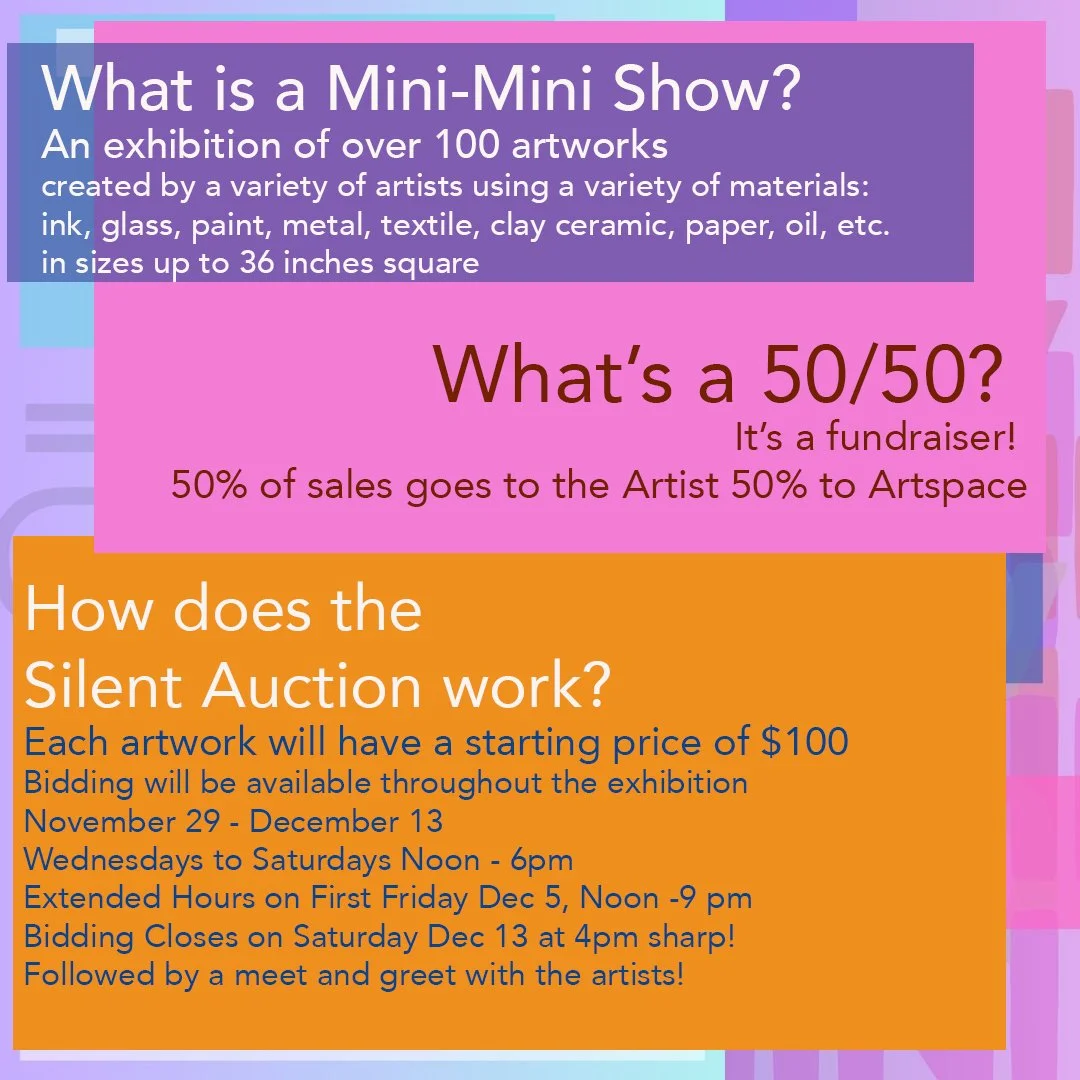Current and Upcoming Exhibitions
Since it’s founding, Artspace continues to play a profound role in the development of Canadian art, creating space for artists to experiment, present their work, and interact with the public.

Babe, yr my religion Adrien Crossman
Babe, yr my religion explores the gay bar as sacred space. These sites of gathering, celebration, mourning, and protest hold vital importance within the histories of queer and trans socializing and political organizing, yet many of these brick-and-mortar institutions continue to be shuttered. Crossman engages in cross-generational dialogue through queer film, television, and canonical texts such as Leslie Feinberg’s 1993 book “Stone Butch Blues” - an autobiographical novel that deals with gender, class, queerphobia, transphobia, antisemitism, and police brutality in the last half of the 20th century. This solo exhibition consists of a new body of work by Crossman that pays homage to queer literature and media, and the often-precarious spaces that helped keep our histories alive, while simultaneously envisioning more inclusive liberatory futures.

Then they saw firelight / Morgan Possberg and Dan Cardinal McCartney
Then They Saw Firelight is a duo exhibition featuring multidisciplinary artists Morgan Possberg and Dan Cardinal McCartney. Exploring the ongoing effects of colonialism within their artistic practices, Morgan and Dan share the experience of growing up as Métis people formerly placed in the foster care system as children.

Just Short of Everything by Lan “Florence” Yee (余承佳)
Lan “Florence” Yee’s interdisciplinary practice draws on writing and unassuming imagery to permeate the slippery ends of meaning. Through a wide range of media, including oil painting, textile embroidery, sculptural installation, electronic signage, and photography, each are grounded together by unearthing speculative bonds between the historical and personal.
In Yee’s words, “My text-based artwork borrows the anonymous pen of templates, signage, and forms, while displacing their functions through skeptical experiences. The often ironic and humorous tones in the language recognize the limits of their own structure, and sustain a necessary uncertainty. The intimacy of this doubt gives me the space to interrogate the echoes that make up queer diasporic memory. Rather than looking at the height of grand moments, I prefer to investigate their systemic origins, and what continues to leak in the aftermath.
My practice uses the double-edged sword of visibility and recognition to explore how we may queer desirability. It attempts to step around easy signifiers of legibility with sparse retellings, obscured patterns, and frequent interruptions. Away from the flattening effect of nostalgia, I seek to deromanticize linear narratives of intergenerational knowledge by showcasing awkwardness, repetition and dead ends.”


